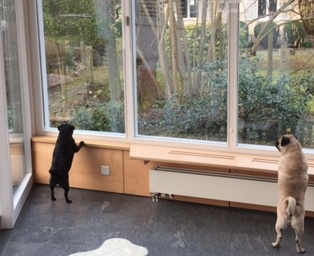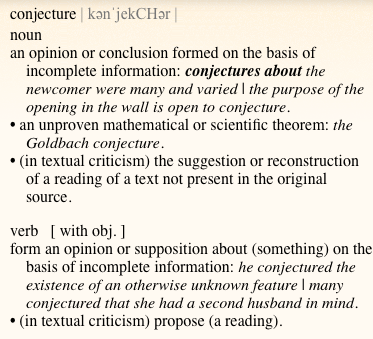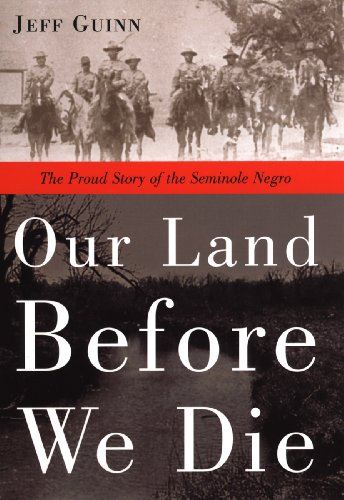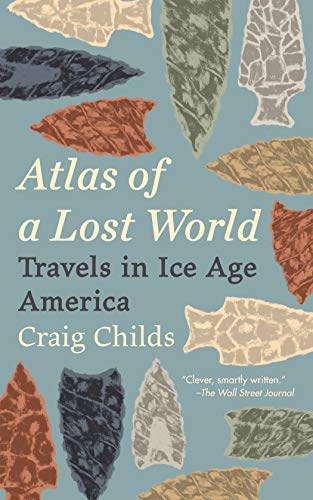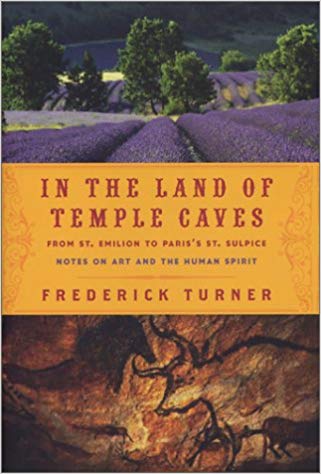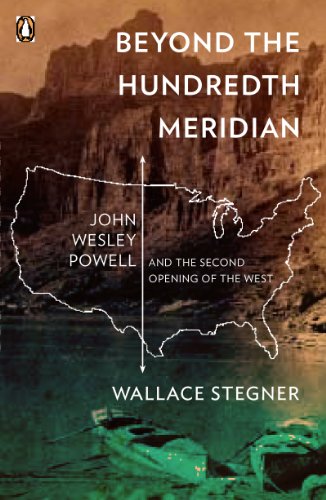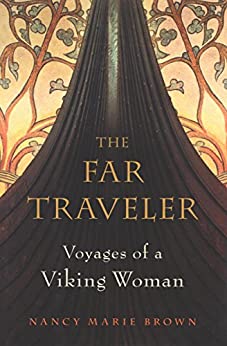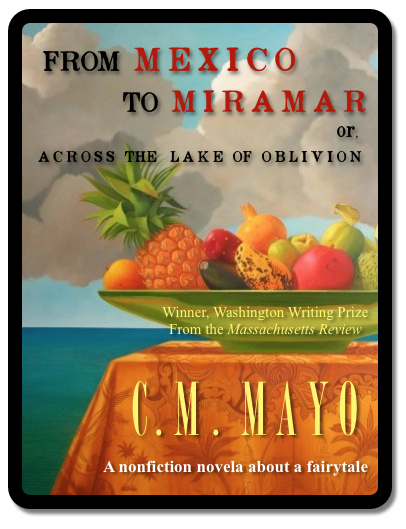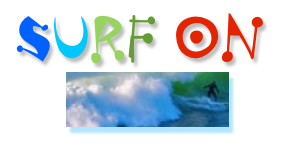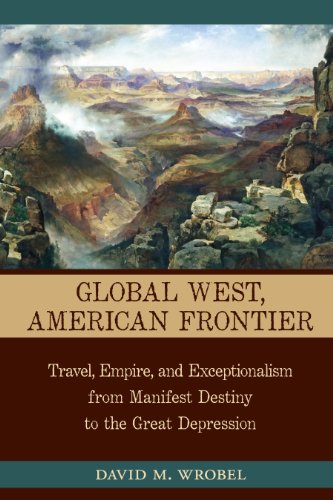
This blog posts on Mondays. Second Mondays of the month I devote to my writing workshop students and anyone else interested in creative writing. Welcome!
> For the archive of workshop posts click here.
This is a list, not of any so-called cannon of the genre, but of the books that have been my teachers as I learned to write literary travel memoir. It also includes those I have read relatively recently and greatly admire. The ones that are starred are those that I have read and reread time and again; each, in its own way, has been vitally helpful to me, whether for shorter pieces such as A Visit to Swan House; longer ones such as From Mexico to Miramar or, Across the Lake of Oblivion, or my books, among them, Miraculous Air: Journey of a Thousand Miles through Baja California the Other Mexico. I aim to read many more literary travel memoirs, learn much more about the craft, and write more essays and books (indeed my book in-progress is a travel memoir of Far West Texas), hence I consider this an embryonic list.
If you, dear writerly reader, are writing literary travel memoir or anything in the realm of “creative nonfiction,” I would encourage you to read the books on this list; may you enjoy and learn from them as I did.
At the same time, I would encourage you, if you have not already, to make your own list of works that you have already read and— never mind what anyone else thinks— that you admired and loved. Then ask yourself: What do these works you so love and admire have in common? How do they handle descriptions of nature, or animals, of crowd scenes? Transitions? Dialogue? Sandwiching in the exposition? Narrative structure? Throw whatever writerly questions you can think of at these, your True Faves, and I’ll betcha bucks to buttons, they will teach you something valuable.
A final note: “Literary travel writing” can be defined in myriad ways. How far does one have to travel to consider it travel writing? The Pushkar camel fair would be fab, but I say, your own backyard will do. The idea is to see with new eyes and an open heart, then tell a good story.
Armitage, Shelley. Walking the Llano: A Texas Memoir of Place
Bain, David Haward. Sitting in Darkness: Americans in the Philippines
Berger, Bruce. Almost an Island
—. The End of the Sherry
—. The Telling Distance: Conversations with the American Desert.
—. A Desert Harvest
This splendid anthology collects selected essays from Bruce Berger’s masterwork of a desert trilogy, The Telling Distance, Almost an Island, and There Was a River. P.S. Read my Q & A with Bruce Berger apropos of the publication of this collection here.
Bogard, Paul. The End of Night: Searching for Natural Darkness in an Age of Artificial Light.
*Brown, Nancy Marie. The Far-Traveler: Voyages of a Viking Woman
Buford, Bill. Among the Thugs
*Byron, Robert. The Road to Oxiana
Calderón de la Barca, Frances. Life in Mexico
*Chatwin, Bruce. In Patagonia
Childs, Craig. Atlas of a Lost World: Travels in Ice Age America
—. The Secret Knowledge of Water: Discovering the Essence of the American Desert
*Conover, Ted. Coyotes
—. New Jack: Guarding Sing Sing (not precisely travel writing, but who’s to say? A masterpiece)
Ehrlich, Gretel. This Cold Heaven: Seven Seasons in Greenland
Ellis, Hattie. Sweetness and Light: The Mysterious History of the Honeybee
*Fergus, Charles. Summer at Little Lava: A Season at the Edge of the World
*Fisher, M.F.K. Long Ago in France: The Years in Dijon
Ford, Corey. Where the Sea Breaks Its Back
*Frazier, Ian. Great Plains
*Fussell, Paul. Abroad: British Literary Traveling Between the Wars
Not a travel memoir, rather its about travel memoir, nonetheless…
Gibson, Gregory. Demon of the Waters: The True Story of the Mutiny on the Whaleship Globe
(Yes, I’m calling this a literary travel memoir. Here’s why.)
Godwin, Peter. When a Crocodile Eats the Sun
*Iyer, Pico. Video Night in Kathmandu
Karlin, Wayne. Wandering Souls: Journeys with the Dead and Living in Viet Nam
Kapuscinski, Ryszard. Travels with Herodotus
Klindienst, Patricia. The Earth Knows My Name
Larkin, Emma. Finding George Orwell in Burma
Martínez, Rubén. Desert America
*Mowat, Farley. Walking on the Land
*Morris, Jan. Trieste and the Meaning of Nowhere
Morris, Mary. The River Queen
*Naipaul, V.S. Among the Believers: An Islamic Journey
Nickerson, Sheila. Disappearance: A Map
Peasley, W.J., The Last of the Nomads
*Poncins, Gontran de. Kabloona
Quinones Sam. True Tales from Another Mexico
*Seth, Vikram. From Heaven Lake, Travels through Sinkiang and Tibet
Steinbeck, John. The Log from the Sea of Cortez
Swain, Jon. River of Time: A Memoir of Vietnam and Cambodia
Synge, J.M. The Aran Islands
Taber, Sara Mansfield. Born Under An Assumed Name: The Memoir of a Cold War Spy’s Daughter
—. Bread of Three Rivers: The Story of a French Loaf
—. Dusk on the Campo: A Journey in Patagonia
Toth, Jennifer. The Mole People: Life in the Tunnels Beneath New York City
Tree, Isabella. Sliced Iguana
Turner, Frederick. In the Land of the Temple Caves
Read my post about this book here.
Tweit, Susan J. Barren, Wild, and Worthless: Living in the Chihuahuan Desert
Wheeler, Sara. Terra Incognita: Travels in Antarctica
*White, Kenneth. Across the Territories: Travels from Orkney to Rangiroa
Whynot, Douglas. Following the Bloom: Across America with the Migratory Beekeepers
Wright, Lawrence. God Save Texas: A Journey into the Soul of the Lone Star State
*
See also:
From the Writer’s Carousel: “Literary Travel Writing”
Related:
Recommended Books on Craft;
Recommended Books on Creative Process

Q & A: Ellen Cassedy, Translator of On the Landing by Yenta Mash
Why I Am a Mega-Fan of the Filofax
Texas Pecan Pie for Dieters, Plus from the Archives:
A Review of James McWilliams’ The Pecan
*
My new book is Meteor


